Right from birth, babies instinctively wrap their hands around your fingers and root for your breast. Here are ten reflexes your baby will have from the moment he is born.

1. Rooting reflex
Baby turns towards the direction of being touched on his cheek, with mouth open. It could mean that he is hungry. However many new mums mistake this as a definite cue for hunger, when actually you could be stimulating his reflex action by stroking his cheek with your hand or clothes, accidentally or otherwise.
2. Sucking reflex
Sucking (and swallowing) is triggered when a finger or nipple (breast or bottle) is placed into the baby’s mouth, applying pressure to the roof of his mouth. The sucking action can be quite strong and rapid; sometimes it may even look like baby is chomping down on your breast!
A newborn baby loves to suck, and not always because he’s hungry. Sucking when not hungry is often referred to as ‘non-nutritive sucking’ or ‘comfort sucking’, which can act as a coping mechanism for some babies. Comfort suckers may seem to want to ‘feed’ frequently or and/or for extended periods of time.
3. Moro reflex (also called startle reflex)
Whenever there is any sudden movement or loud noise, your baby will fling his arms out, fingers outstretched, extend his legs, and then quickly pull his arms back towards the body in a hugging gesture. Sometimes, he may tremble or cry.
You can minimize the chances of your baby waking himself up during naps by swaddling him tightly (but not too tight!) to prevent any jerky movements from rousing him prematurely.
4. Gag reflex
The ‘gag reflex’ is triggered when your baby swallows too much milk or food. Baby reacts by closing off his throat, which causes his tongue to push the excess milk or food out of his mouth.
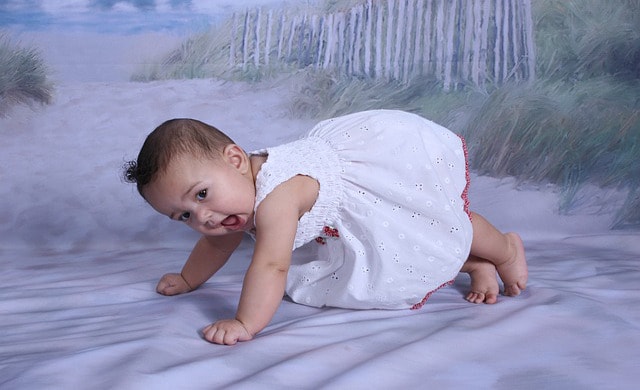
5. Crawling reflex
When you place your newborn on his stomach, he will usually draw his knees up under his belly in a fetal position. He will also kick his legs out and wiggle about in a crawling motion. If you apply firm pressure to the soles of his feet, you will see him trying to push forward. It’s therefore very important that you never leave your baby unattended on something high as a bed or changing table, even if he hasn’t started to flip or crawl formally yet.
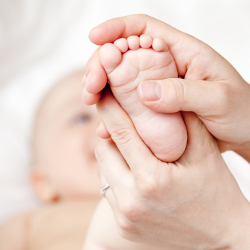
6. Babinski’s reflex
A gentle stroke on the sole of your baby’s feet (heel to toe) will trigger his foot to turn in with toes stretched up. This reflex may be handy in helping to protect baby against falling.
7. Walking (or stepping) reflex
When you touch the soles of your baby’s feet (versus stroke), they will curl in their toes. For the first two months or so, newborn babies will simulate a walking or stepping movement when you hold them upright with their feet on a flat surface. This may help to prepare them to do some actual walking several months down the road.
8. Grasp (or palmar grasp) reflex
When any object (or your finger) is pressed into baby’s palm or brought very near to him, your baby will immediately close his fingers around the object, quite tightly. Amazingly, this grip can be strong enough to support his entire body weight (but we don’t suggest to test this out on your own)!
9. Traction Response
Your doctor will test this by holding both of your baby’s wrists and lifting him forward into a sitting position. Your baby’s head should first ‘lag’ back, then straighten and fall forward.
10. Galant reflex
This reflex is proof of proper development of your baby’s spinal nerves. While baby is held under his stomach, your doctor will gently stroke along one side of his back. In response, your baby will arch his body, and pull his pelvis towards the side that was stroked.
By Dorothea Chow.
* * * * *
Like what you see here? Get parenting tips and stories straight to your inbox! Join our mailing list here.
Want to be heard 👂 and seen 👀 by over 100,000 parents in Singapore? We can help! Leave your contact here and we’ll be in touch.



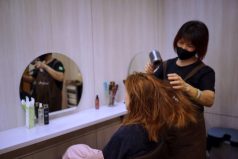






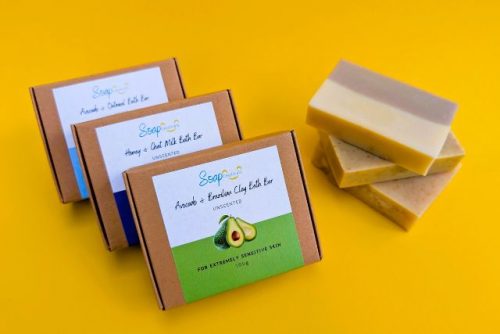
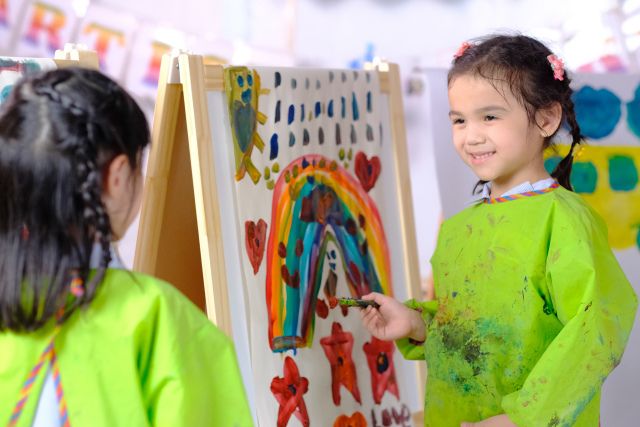
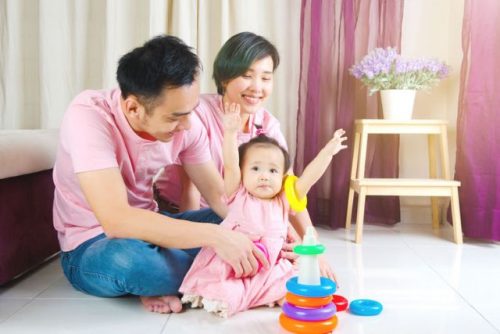


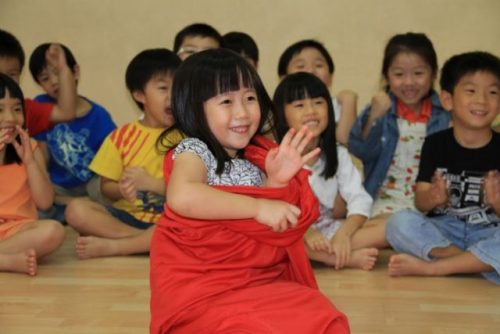


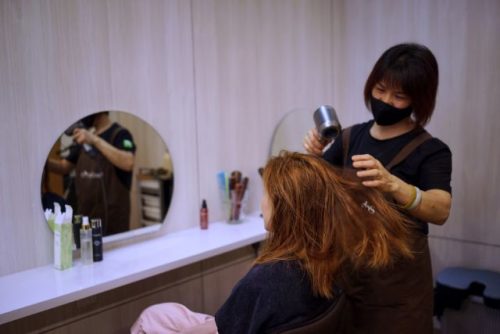




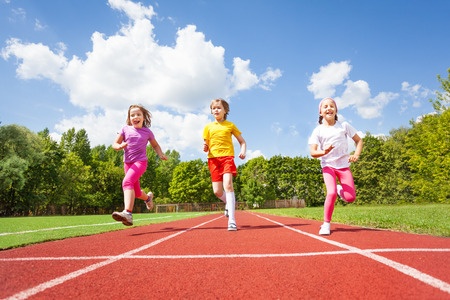


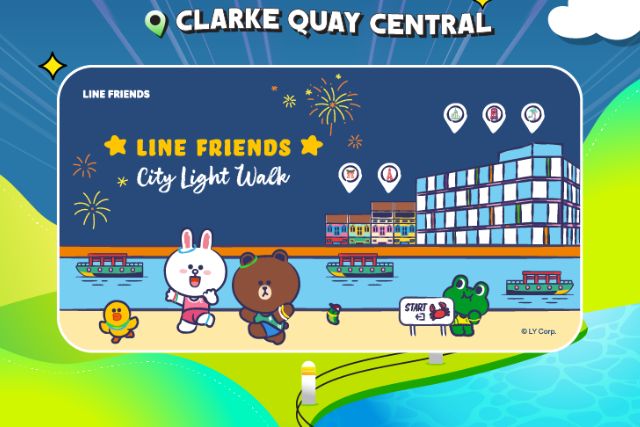
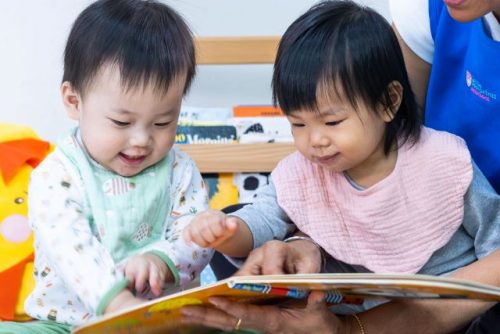







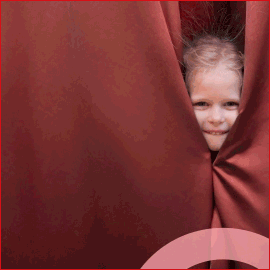



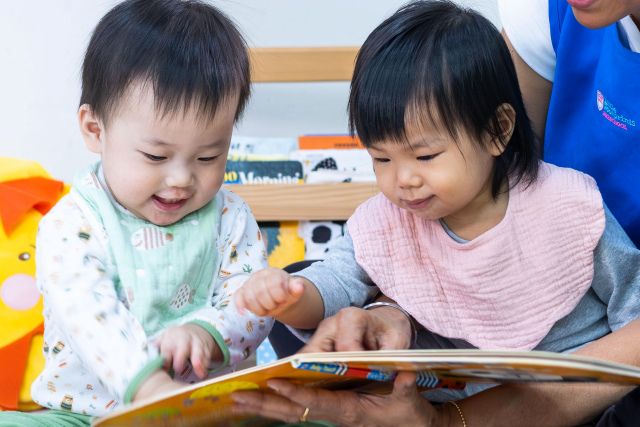
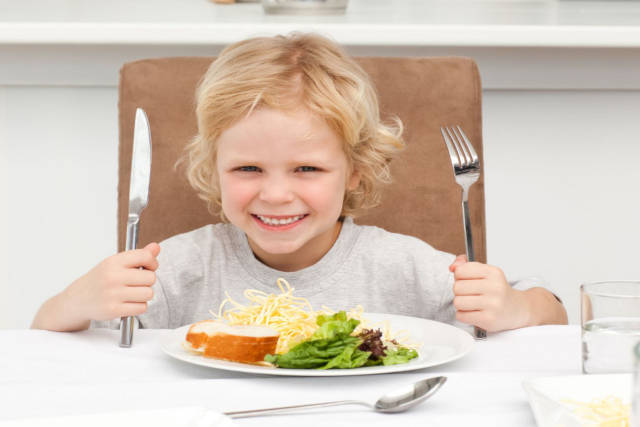










Leave a Comment: